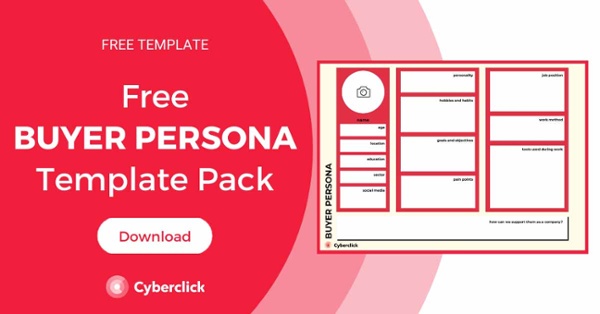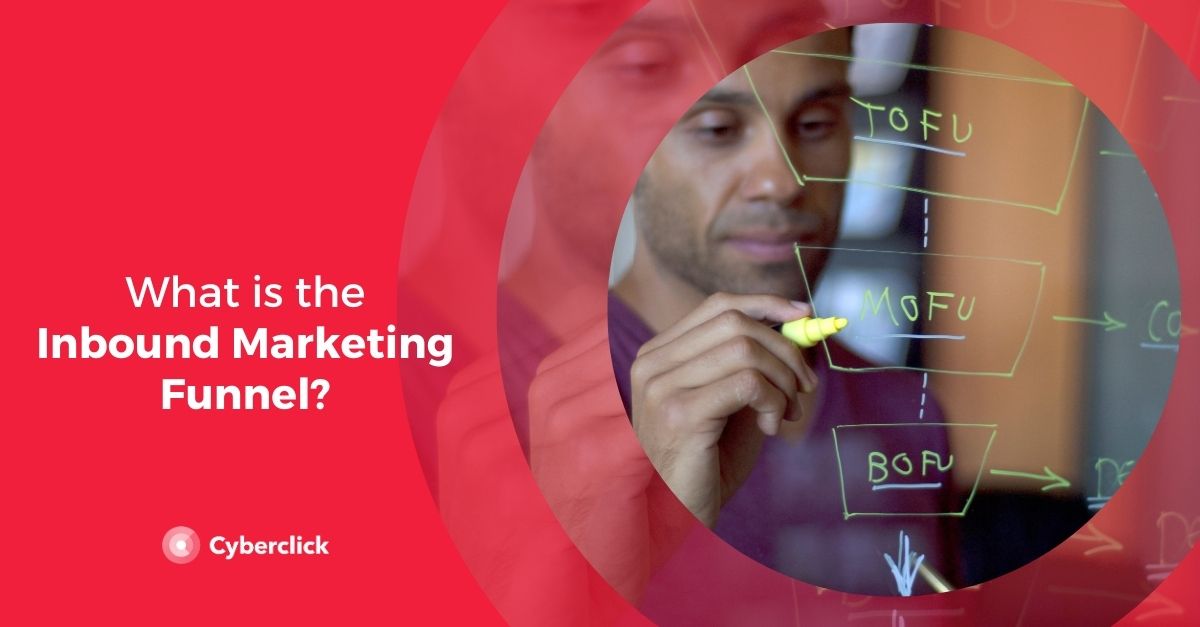Until recently, B2B marketing strategies were focus was on the solutions offered, meaning the products or services. However, that is changing and the focus is shifting toward the buyer and toward buyer-driven marketing.
Creating a buyer-driven strategy means rethinking your marketing strategy, from how you generate value to how you communicate with the consumer. Here are some key points to consider when adapting to this new era.

What Is Buyer-Driven Marketing?
Buyer-driven marketing is a concept that originates in the value chain. Global value chains fall into two broad categories:
-
Global product-based value chains. These tend to have high barriers to entry, since many supply chains require capital and technologically intensive production based on economies of scale. For example, this would apply in the automotive or aeronautics sectors. Here, the value chain depends primarily on producers and the ability of suppliers to deliver the necessary parts and bring finished products to market.
-
Global buyer-based value chains. These tend to have much lower barriers to entry. Producers depend on the decisions of buyers, and design and marketing functions have grater importance. Traditionally, sectors such as agriculture, fashion, and toys have been buyer-driven. In some cases (such as in the fast fashion industry) supply chains have to adapt very quickly to customer demands, to the point of getting new products to market in as little as a month.
10 Keys to Buyer-Driven Marketing
1. Think of the Customer First
A buyer-driven marketing experience must be created with the buyer in mind as opposed to the sales team. For established B2B companies, this may mean rethinking product-based processes to put the buyer's needs at the center.
2. Manage All Your Data from One Place
A common problem for companies considering buyer-driven marketing is that buyer data is scattered or even repeated in different parts of the company. To resolve this, bring all of your data together in a single source. Usually, the most effective solution is to integrate all the information through a CRM (customer relationship management) program.
3. Be Available to the Customer
In the world of B2B marketing, account-based marketing often dominates but in addition to proactively contacting your customers, you also need to be available when they come to you and have a reliable monitoring system that allows you to respond quickly to their requests or concerns.
4. Be Aware of Data Regulations
In recent years, initiatives such as the GDPR and CCPA have radically changed the regulations around personal data processing. Since buyer-driven marketing relies heavily on collecting and properly handling data from current and potential clients and customers, be aware of these kinds of regulations and ensure compliance at all stages of the process.
5. Create Multichannel Experiences
In the past, B2B marketing was organized around company and industry events, such as annual trade shows. Now, with a buyer-driven strategy, you need to be present on the channels your customers like to use. This means being prepared to communicate with buyers across a variety of channels, being flexible in defining your strategy as digital habits evolve, and creating relevant, meaningful touch points throughout the customer journey.
6. Work on Segmentation
Generic, mass marketing is totally outdated. Instead of using it in your strategy, identify and define your buyer persona and target the people who fit into it. Fortunately, today's digital platforms allow for very precise segmentation, which not only takes into account aspects such as demographics or interests, but also previous interactions with your brand.
7. Customize the Experience
Since buyer-driven marketing is based on data, this allows you to know exactly what each buyer wants and to offer them a unique experience that adapts to their needs and interests. To stand out in an increasingly competitive environment, it is necessary to show the customer that you understand what they want and can deliver it in a unique and exclusive way.
8. Adapt to Changes
If 2020 has taught us anything, it's that global marketing and the consumer landscape can change very rapidly. However, it doesn't take a global pandemic to make consumer habits evolve. In the digital world, everything is constantly changing. That's why your company must have agile processes in place and be able to change the way it works whenever necessary.
9. Create Teams Focused on Buyer-Driven Marketing
Moving from product-centric to shopper-centric marketing involves changing corporate culture, and therefore affects the way a marketing team works. This change must be reflected in the organization and in the way decisions are made to ensure that you are always ready to respond to customer needs.
10. Measure Results and Optimize Your Strategy
Today, digital marketing channels allow us to see how our strategies are working practically in real time. Therefore, it is essential to have processes in place to periodically analyze this information, see how customers are responding, and make any necessary changes to optimize your buyer-driven strategy.
Inbound Marketing Strategist en Cyberclick. Graduada en Publicidad y Relaciones Públicas por la UPF. Responsable de la estrategia de inbound marketing, creación de contenidos digitales y posicionamiento web. Gestión del CRM con la herramienta HubSpot.
Inbound Marketing Strategist at Cyberclick. Helena holds a degree in Advertising and Public Relations from UPF. She specializes in inbound marketing campaigns, digital content creation and web positioning, with experience in CRM management and HubSpot.






Leave your comment and join the conversation